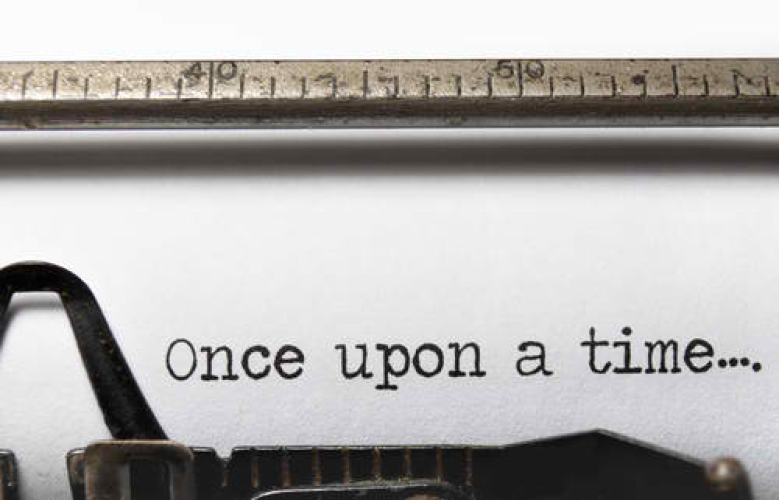Brands, selling and storytelling
15 Sep 2015

The way brands talk to consumers has changed. In a big way. Today’s smart brands are world creators, moment makers and relationship builders. They pick their consumers up and take them on shared journeys, out into the wide yonder.
This change is fundamental. Where once proudly stood the traditional marketing funnel – condensing conversations almost entirely down to buy-sell narratives – we now see a shiny, new wheel: a 24/7 communications carousel where consumers hop on and off as they wish.
Move over selling, we’re telling stories now.
STORIES VRS SELLING
The trickiest part of the conversation about brand storytelling is defining what this actually means. As something of a Pandora’s box, let’s concentrate on the qualities that set storytelling apart from, say, the classic transactional brand – consumer model.
Simply, selling is direct. It is a narrow conversation, where the consumer is spoonfed their solution. At a basic level we can argue that the consumer acts to purchase and the engagement is concluded. Hence the idea that a selling conversation is purely transactional.
Storytelling is a much wider concept. It’s a social activity, one totally ingrained in the human psyche: we like to share our experiences. The basic DNA of the story offers a plethora of opportunities for creative expression and connection with other human beings. Stories feature characters, narrative drive, imagination, fiction vrs non-fiction and, crucially, empathy.
Brand storytelling takes those qualities and immerses products or services – along with consumers – into a whole new world where the transaction becomes part of a bigger journey rather than a finishing post.
WHY ARE BRANDS TELLING STORIES?
What is it that brands have realised? Technology, it is argued, has created the perfect environment in which brand storytelling can flourish. In today’s hyper-connected, multi-platformed world opportunities for engagement abound. Brands integrate the human desire to share into their marketing approach. They create an experience we like - and we go out and tell the world.
It is digital word of mouth, with a longer a lifespan than the cold buyer – seller relationship (and much more fun for the creatives out there). The more immersive a brand experience is, the more likely that consumers will visit, share and come back for more. There is more at stake than just a product.
But let’s be quite clear about brand storytelling. It exists because it works. Brands getting it right sell while they tell. Now that sell could mean products flying off the shelves on the one hand, or the amplification of brand presence and name on the other. Either way, the brand wins if their storytelling catches a wave and keeps on rolling.
WHO GETS IT RIGHT
Lots of brands hit their stories out of the park, so let’s round off by looking at Red Bull. The sheer effectiveness of what they do – and their refined understanding of their audience – makes them a classic case study.
Take a few examples from their range and it’s likely they will resonate: the Stratos Project with the Felix Baumgartner sky dive as centre piece ; the “Way Back Home” YouTube video featuring Scottish bike rider Danny MacAskill (just 36 million views there); and the Red Bull Music Academy.
Engagingly creative, aspirational and immersive – and of course, shareable: that is Red Bull brand storytelling.
Please login to comment.
Comments